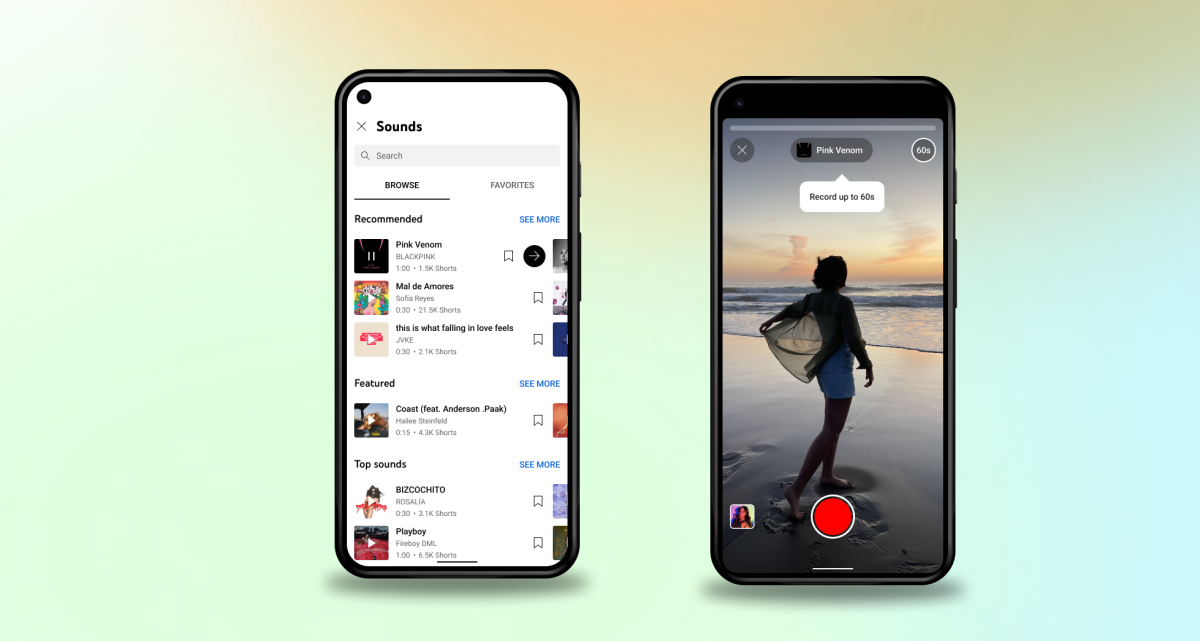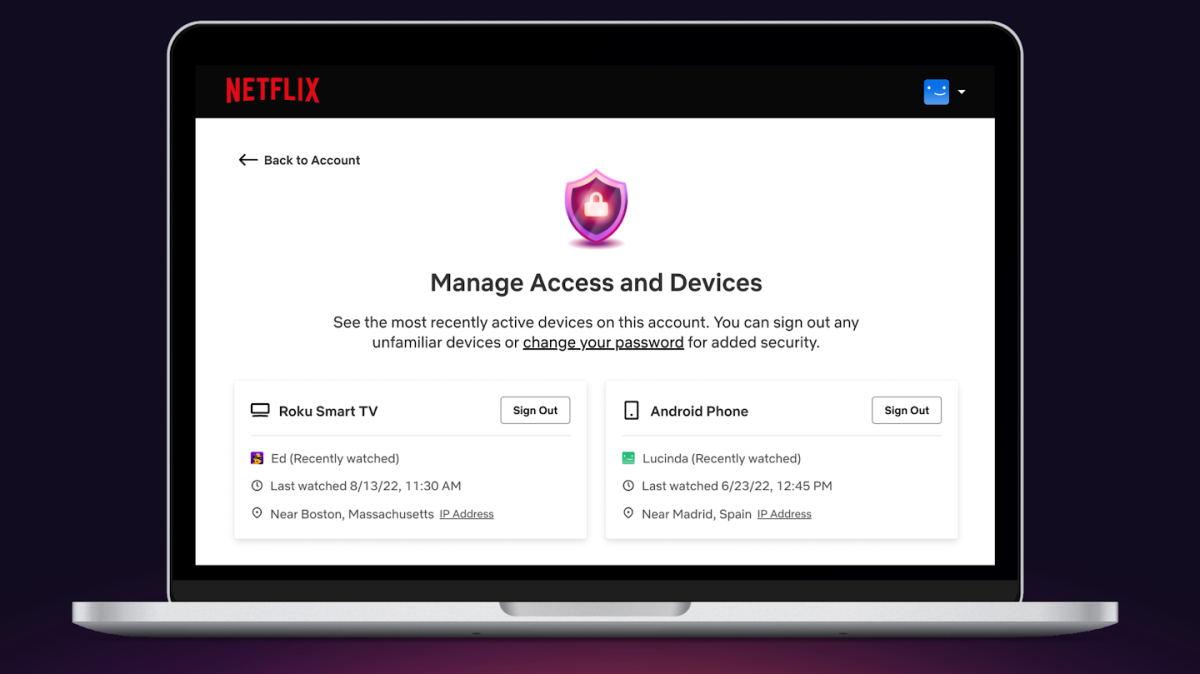How to stream the 2022 FIFA World Cup in USA • ZebethMedia
Fans across the globe will be tuning in to the most-watched sporting spectacle — the 2022 FIFA World Cup— set to kick off on Sunday, November 20, with host nation Qatar facing off against Ecuador. FIFA expects 5 billion people worldwide to watch this year’s tournament. If you’re planning on streaming the 2022 World Cup, here’s how: How to Watch the 2022 FIFA World Cup (U.S. Viewers) U.S viewers can livestream all 64 matches on FOX and FS1. Live TV streaming services that carry FS1 and local FOX stations include Hulu Live TV, YouTube TV, DIRECTV STREAM, FuboTV, Sling TV, and Vidgo. All games can also be streamed live and on-demand on the FOX Sports app. Fox-owned ad-supported streaming service, Tubi, will only have World Cup games on-demand–which will be available to stream on the platform once the matches are already done. For Spanish-speaking viewers, NBCUniversal’s streaming service Peacock will be the Spanish-language streaming home for all World Cup matches. The first 12 games are free to all subscribers, and the remaining 52 matches will only be available for Peacock Premium subscribers. Also, 56 matches will be simulcast on Telemundo, and eight games will be simulcast on Universo. The 2022 FIFA World Cup is available to be broadcast in 4K in the Fox Sports and Fox Now apps. Subscribers of Sling TV, Hulu Live TV, FuboTV, DIRECTV STREAM, and YouTube TV can watch the World Cup in 4K. Tubi will also offer 4K viewing. Fire TVs, Android TVs, Apple TVs and Roku devices are 4K-compatible with Fox. Note that 4K through Fox isn’t available on the web or mobile. Full Schedule for the 2022 FIFA World Cup Image Credits: FIFA Group A Nov 20: Qatar vs. Ecuador at 11 a.m. ET/8 a.m PT Nov 21: Senegal vs. Netherlands at 11 a.m. ET/8 a.m PT Nov 25: Qatar vs. Senegal at 8 a.m. ET/5 a.m. PT Nov 25: Netherlands vs. Ecuador at 11 a.m. ET/8 a.m PT Nov 29: Qatar vs. Netherlands at 10 a.m. ET/7 a.m. PT Nov 29: Ecuador vs. Senegal at 10 a.m. ET/7 a.m. PT Group B Nov 21: England vs. Iran at 8 a.m. ET/5 a.m. PT Nov 21: USA vs. Wales at 2 p.m. ET/11 a.m. PT Nov 25: Wales vs. Iran at 5 a.m. ET/2 a.m. PT Nov 25: England vs. USA at 2 p.m. ET/11 a.m. PT Nov 29: Wales vs. England at 2 p.m. ET/11 a.m. PT Nov 29: Iran vs. USA at 2 p.m. ET/11 a.m. PT Group C Nov 22: Argentina vs. S. Arabia at 5 a.m. ET/2 a.m. PT Nov 22: Mexico vs. Poland at 11 a.m. ET/8 a.m. PT Nov 26: Poland vs. S. Arabia at 8 a.m. ET/5 a.m. PT Nov 26: Argentina vs. Mexico at 2 p.m. ET/11 a.m. PT Nov 30: Poland vs. Argentina at 2 p.m. ET/11 a.m. PT Nov 30: S. Arabia vs. Mexico at 2 p.m. ET/11 a.m. PT Group D Nov 22: Denmark vs. Tunisia at 8 a.m. ET/5 a.m. PT Nov 22: France vs. Australia at 2 p.m. ET/11 a.m. PT Nov 26: Tunisia vs. Australia at 5 a.m. ET/2 a.m. PT Nov 26: France vs. Denmark at 11 a.m. ET/8 a.m. PT Nov 30: Tunisia vs. France at 10 a.m. ET/7 a.m. PT Nov 30: Australia vs. Denmark at 10 a.m. ET/7 a.m. PT Group E Nov 23: Germany vs. Japan at 8 a.m. ET/5 a.m. PT Nov 23: Spain vs. Costa Rica at 11 a.m. ET/8 a.m. PT Nov 27: Japan vs. Costa Rica at 5 a.m. ET/2 a.m. PT Nov 27: Spain vs. Germany at 2 p.m. ET/11 a.m. PT Dec 1: Japan vs. Spain at 2 p.m. ET/11 a.m. PT Dec 1: Costa Rica vs. Germany at 2 p.m. ET/11 a.m. PT Group F Nov 23: Morocco vs. Croatia at 5 a.m. ET/2 a.m. PT Nov 23: Belgium vs. Canada at 2 p.m. ET/11 a.m. PT Nov 27: Belgium vs. Morocco at 8 a.m. ET/5 a.m. PT Nov 27: Croatia vs. Canada at 11 a.m. ET/8 a.m. PT Dec 1: Croatia vs. Belgium at 10 a.m. ET/7 a.m. PT Dec 1: Canada vs. Morocco at 10 a.m. ET/7 a.m. PT Group G Nov 24: Switzerland vs. Cameroon at 5 a.m. ET/2 a.m. PT Nov 24: Brazil vs. Serbia at 2 p.m. ET/11 a.m. PT Nov 28: Cameroon vs. Serbia at 5 a.m. ET/2 a.m. PT Nov 28: Brazil vs. Switzerland at 11 a.m. ET/8 a.m. PT Dec 2: Cameroon vs. Brazil at 2 p.m. ET/11 a.m. PT Dec 2: Serbia vs. Switzerland at 2 p.m. ET/11 a.m. PT Group H Nov 24: Uruguay vs. South Korea at 8 a.m. ET/5 a.m. PT Nov 24: Portugal vs. Ghana at 11 a.m. ET/8 a.m. PT Nov 28: South Korea vs. Ghana at 8 a.m. ET/5 a.m. PT Nov 28: Portugal vs. Uruguay at 2 p.m. ET/11 a.m. PT Dec 2: South Korea vs. Portugal at 10 a.m. ET/7 a.m. PT Dec 2: Ghana vs. Uruguay at 10 a.m. ET/7 a.m. PT Round of 16 Dec 3: 1A vs. 2B at 10 a.m. ET/7 a.m. PT Dec 3: 1C vs. 2D at 2 p.m. ET/11 a.m. PT Dec 4: 1D vs. 2C at 10 a.m. ET/7 a.m. PT Dec 4: 1B vs. 2A at 2 p.m. ET/11 a.m. PT Dec 5: 1E vs. 2F at 10 a.m. ET/7 a.m. PT Dec 5: 1G vs. 2H at 2 p.m. ET/11 a.m. PT Dec 6: 1F vs. 2E at 10 a.m. ET/7 a.m. PT Dec 6: 1H vs. 2G at 2 p.m. ET/11 a.m. PT Quarterfinal (QF) Round Dec 9: QF1 1E/2F vs. 1G/2H at 10 a.m. ET/7 a.m. PT Dec 9: QF2 1A/2B vs. 1C/2D at 2 p.m. ET/11 a.m. PT Dec 10: QF3 1F/2E vs. 1H/2G at 10 a.m. ET/7 a.m. PT Dec 10: QF4 1B/2A vs. 1D/2C at 2 p.m. ET/11 a.m. PT Semifinal Round Dec 13: QF2 vs. QF1 Match at 2 p.m. ET/11 a.m. PT Dec 14: QF4 vs. QF3 Match at 2 p.m. ET/11 a.m. PT Championship Round Dec 17: Semifinal losers at 10









